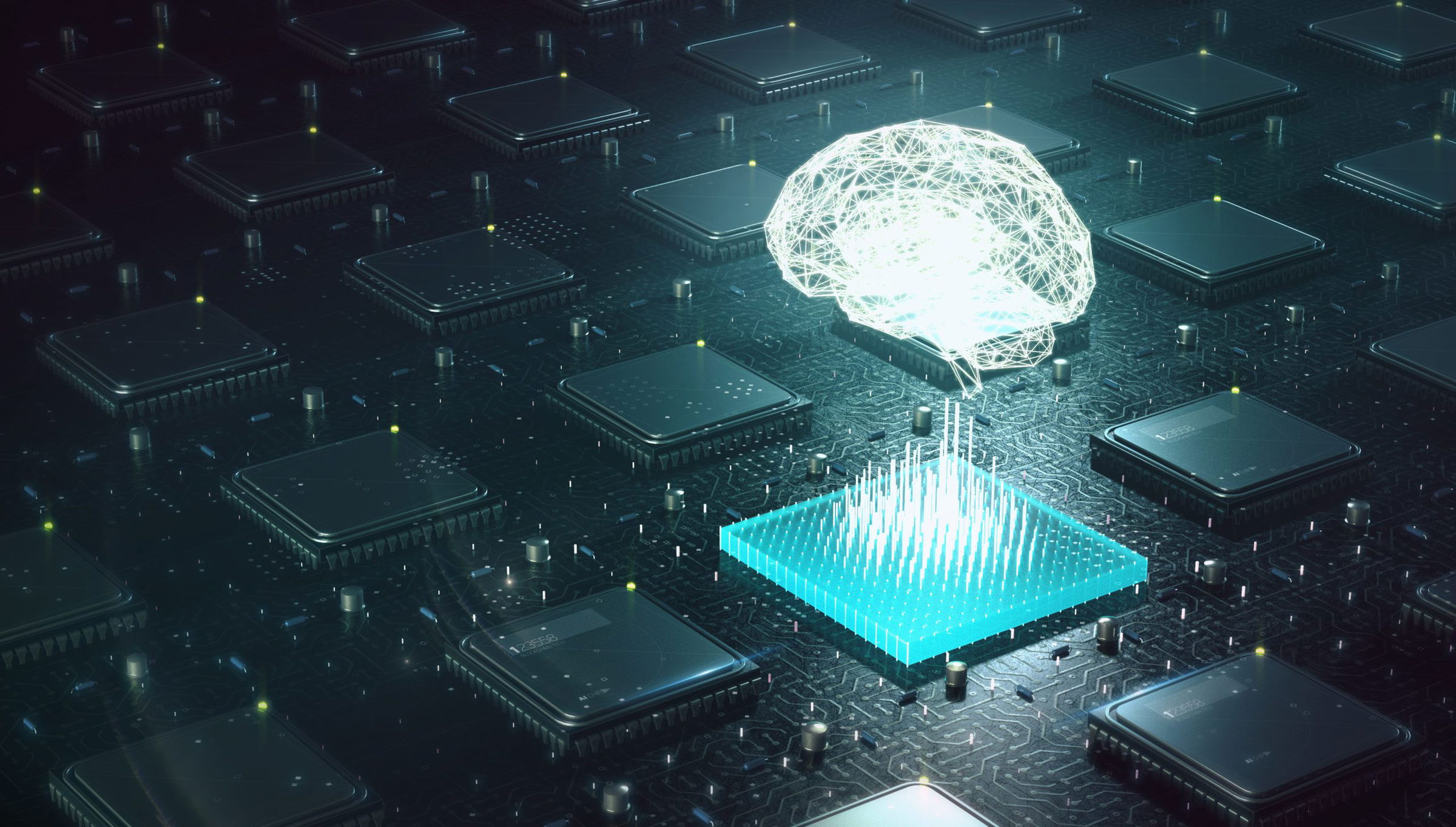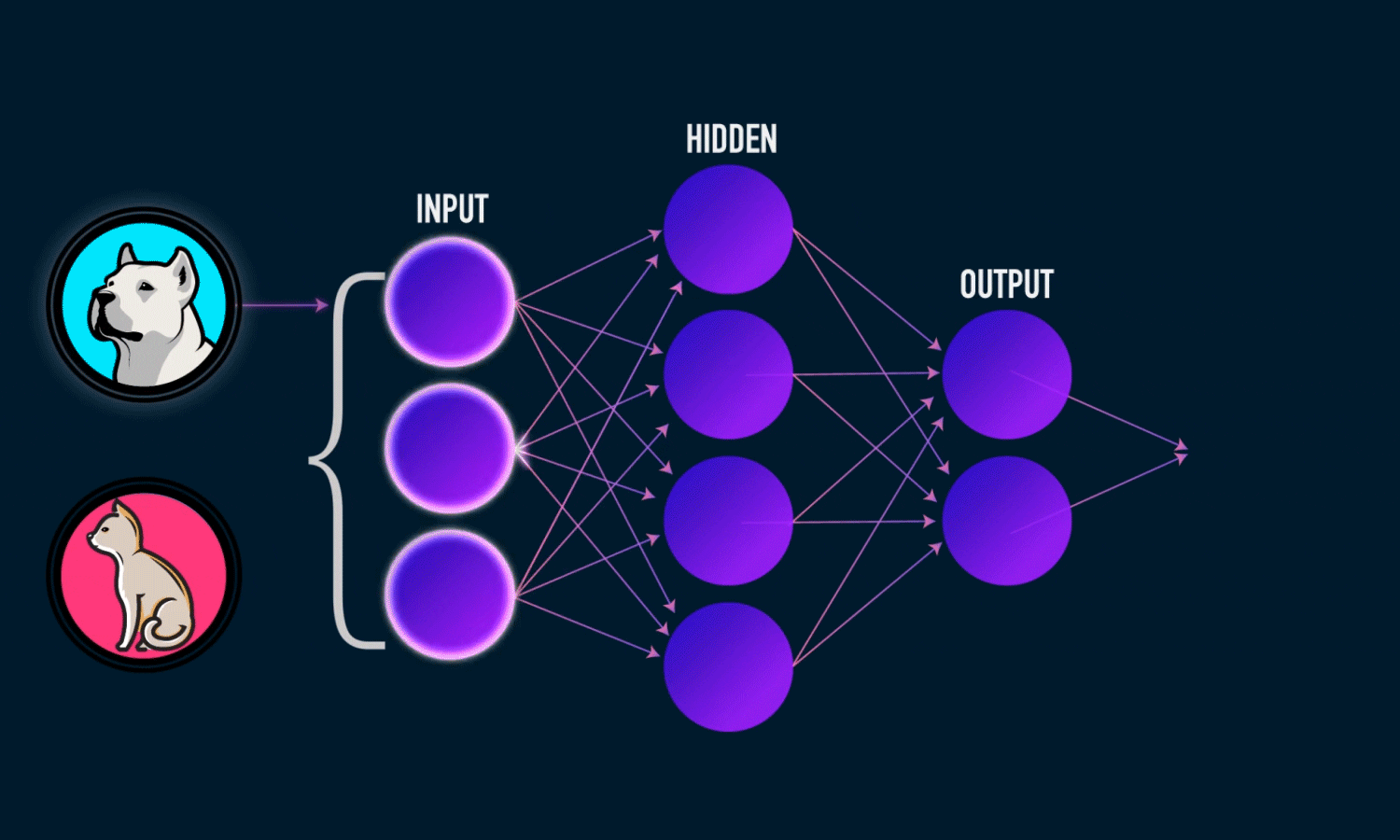An artificial intelligence certification can accelerate your career in 2022
If you are looking for a career option that is far-sighted, one that has a great future scope, then the answer is artificial intelligence. The demand for it will grow with the technological advancements in the field. As we are encountering a global shift towards digitalisation and web 3.0, the developments are increasing each day. Thus, there is more scope for a career in artificial intelligence in the coming future.
To make way for yourself in a competitive and ideal field like this is quite difficult but an AI certification can help you with this. An IIT AI ML course will not only provide you with the best quality of education but also validate your skills with the certification. And nowadays, it is one of the important factors when you apply to a company for a job position.
Before jumping on any further let us look at some statistics about the artificial intelligence market. As per a report published in fortune business insights, the projected market size of Ai is sighted to be USD 1394.30 billion in 2029 at a CAGR of 20.1% from USD 387.45 billion in 2022. This report not only speaks about the figure but also gives us insights into the growing application of AI in several fields like retail, healthcare, automotive, and many more, all of which are contributing to the growth of the global market.
All this makes it quite clear that artificial intelligence is the future, and one must start now with an AI certification or machine learning course to be an asset in the future. Now, let us understand AI and how its certification can speed up one’s career.
What is Artificial Intelligence?
AI is the technological process of programming that enables a computer to decide for itself. It develops computer programs because of which the machine is capable of doing certain tasks and solving problems. To some extent, it can also be called a replacement for human intelligence. However, it also has its limitations.
An AI can do various things like speech recognition, visual perception, word translation, and more or less everything that needs human intelligence.
Under artificial intelligence comes machine learning which teaches computers to learn from data. The process of this is quite extensive as a lot of data is fed to the computer to identify its patterns by itself.
How does Artificial Intelligence Work?
Till now, we have understood a little about what AI is, and here comes the most complicated part as we will unfold the layers of function in artificial intelligence. As we already know it has various applications in many fields that boost the performance of that particular sphere.
Now let us dig deep into several concepts that come under AI, which are important if you are thinking to have a career in it.
- Machine Learning- This branch of artificial intelligence enables software applications to conclude from studying data without even being programmed to do so. This provides businesses with useful insights into consumer behaviour. It has a wide range of applications and one can learn about this in depth through a machine learning course.
- Cognitive Computing- It uses a mixture of AI, machine learning, and natural language processing to solve problems as a human would do. It mimics human intelligence by analysing various factors. However, its end goal is to assist humans in decision-making.
- Deep Learning- This is another subset of machine learning that deals with large data. It makes the computer model perform tasks from representation learning artificial neural networks. For example, driverless cars, and hand-free speakers.
Apart from these, there are various other concepts that one can learn about from an IIT AI ML course. Now, we must look into the future of AI and what it holds for us. It will make your dilemma clear about having a career in AI.
Future of Artificial Intelligence

AI has already entered our lives and transformed them to be much better. However, the future awaits many more such AI applications that will just amaze humanity. Artificial Intelligence will continue to improve efficiency and productivity in whichever sector it is used in. It is the upcoming future that will rule in every industry because of its use and the way it makes things easier. In simple words, now is the perfect time to gain AI certification and build yourself for the coming future that holds so much for you. You can also be a part of this revolution in which AI has an unparalleled role to play.
Conclusion
Till now, you have a brief knowledge of artificial intelligence and how choosing it as a career option can take you toward your success. However, a lot is there to understand and learn about it in depth. To do so, you must opt for a certification course in artificial intelligence and machine learning. It will be a cherry on the top if you get to learn from an IIT AI ML course, that will turn you into the best professional anyone can ask for.



 This course will strengthen your core abilities, allow you to take advantage of our Expert Mentorship program, and give you a practical grasp of AI and Machine Learning.
This course will strengthen your core abilities, allow you to take advantage of our Expert Mentorship program, and give you a practical grasp of AI and Machine Learning.
